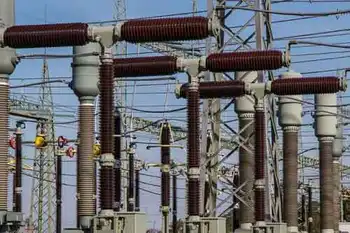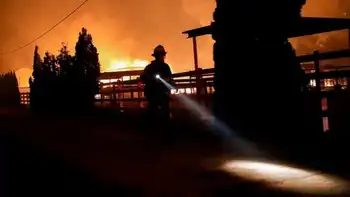NAPC releases smart grid, DR case study
By PR Newswire
Substation Relay Protection Training
Our customized live online or in‑person group training can be delivered to your staff at your location.

- Live Online
- 12 hours Instructor-led
- Group Training Available
The National Action Plan Coalition is a new organization formed to implement the National Action Plan on Demand Response and Smart Grid, which FERC and DOE issued in June 2010. The group is a "coalition of coalitions" and includes non-profit organizations in the utility, smart grid, regulatory, energy efficiency, environmental, and consumer advocacy areas.
The case study focuses on PowerCentsDC, a pilot program in the District of Columbia that involved smart meters and a number of different demand response options. The program stands out because various stakeholders—including consumer advocates, regulators and the local utility — joined together from the beginning to design, plan and implement it. Early education and involvement of stakeholders has become a high-priority issue in the DR and Smart Grid sector according to most experts in the field.
According to the NAP Coalition, its case study represents a different way to view a DR and Smart Grid activity after it has taken place. While many case studies focus on the quantified results of an effort, the NAPC has focused instead on presenting a narrative version of how the effort went from start to finish. The NAPC case study process involved interviews with the key players in the program, where they were asked questions such as "What kind of surprises did you encounter? How did you deal with them? What would you do differently next time?"
DR and Smart Grid practitioners, policymakers and stakeholders consistently say that what they want most is information on "best practices." The NAPC case study is designed to allow readers to see which "lessons learned" are most applicable to their situation, enabling them to identify for themselves what the best practices actually are.
According to Dan Delurey, Executive Director of NAPC member DRCC, the case study, "PowerCentsDC: A Model for Stakeholder Collaboration," is the first of several that the organization plans to release. "The goal of the National Action Plan on Demand Response is to provide support that will allow demand technologies and practices to be better designed, better implemented and better supported by stakeholders," he said.
Delurey indicated that other activities called for by the Plan are also under development. He continued to say that activities related to NAP will be integrated into the 2011 National Town Meeting on Demand Response and Smart Grid being held in Washington, D.C., on July 13 and 14. He said that the NAPC will soon be issuing a call for presentations as it seeks to put together a program for the National Town Meeting that is consistent with the FERC-DOE National Action Plan.











